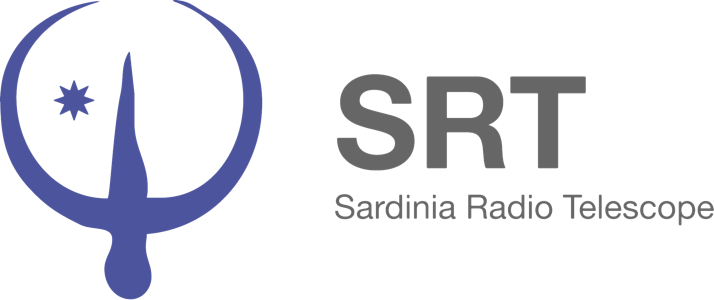Astronomers
Backends
Backends available are:
- Total Power, single band backend for continuum observations. Seven beams.
- XARCOS, a digital spectrometer. Seven beams.
- SARDARA, a ROACH2-based spectro-polarimeter. Single beam.
- DFB3. the ATNF pulsar Digital Filter Bank mark 3, for pulsar observations. Single beam.
Total Power backend
This backend consists of 14 sections. Each one, has a single IF channel, single polarization, as input. The signal is detected by a broad band square-law detector and then digitised by an A/D converter. Nominal IF band is 2 GHz (0.1-2.1 GHz). On-board filters can restrict the band to 250 MHz, 680 MHz, or 1200 Mhz. The same boards also perform the focus selection for the SARDARA backend. Further information in the DISCOS documentation.
| Receiver | Sections | Filters | Sampling time |
|---|---|---|---|
| KKG | 14 | 300, 680,1200 ,2000 | 1 ms - 1000 ms |
| CCB | 2 | 300, 680,1200 ,2000 | 1 ms - 1000 ms |
| LLP | 2 | 2000 | 1 ms - 1000 ms |
| PPP | 2 | 680 | 1 ms - 1000 ms |
| LPP | 4 | 2000 | 1 ms - 1000 ms |
XARCOS
XARCOS is a spectro-polarimeter with a maximum bandwidth of 62.5 MHz capable of processing up to 16 IFs, thus fitting the seven-feed dual polarization K-band receiver array SRT is equipped with. Because its dump time is set to 10 seconds, it is not suitable for OTF observations.
The observer can select the following configurations:
- XK77, to use the full K-band array; each digital sample has a 6-bit range. Full-Stokes sections are recorded, each having a 62.5MHz bandwidth and 2048(x4) channels.
- XK03, to use the K-band feeds #0 and #3. Each feed outputs two full Stokes sections respectively having bandwidths of 62.5 MHz and 4 MHz and 2048(x4) channels. Each digital sample has an 8-bit range.
- XK06, to use the K-band feeds #0 and #6. Each feed outputs two full Stokes sections respectively having bandwidths of 62.5 MHz and 4 MHz and 2048(x4) channels. Each digital sample has an 8-bit range.
- XK00, to use only the K-band central feed. It outputs four full-Stokes sections respectively with bandwidths of 62.5 MHz, 8 MHz, 2 MHz and 0.5 MHz, each having 2048(x4) channels. Each digital sample has an 8-bit range.
- XC00 , to use the C-band receiver. It outputs four full-Stokes sections respectively with bandwidths of 62.5 MHz, 8 MHz, 2 MHz and 0.5 MHz,
Further information in the DISCOS documentation.
SARDARA (ROACH-2)
SARDARA is a wide-band ROACH-2 based backend for full-Stokes continuum and spectral lines observations.The sampling time can be set from 5ms to 1 s. It is the of choice for OTF spectro-polarimetric observations.
Confiigurations available are:
- 300 MHz bandwith with 1024 or 16384 channels
- 1500 MHz bandidth with 1024 or 16384 channels
Currently, the 300 MHz configurazions should be used only with the L-Band receiver and the RF filter 1350 - 1450 MHz or 1625 - 1715 MHz is selected, to avoid aliasing. It is not reccomended to be used with other receivers. Further information in the DISCOS documentation
DFB3
This backend is for pulsar observations. The available configurations are summarised in the table below:
| Obs. Type |
Time bins | Bandwidth (MHz) |
Frequency bins |
| folding | 1024 | 1024 | 2048 |
| 1024 | 1024 | 1024 | |
| 1024 | 1024 | 512 | |
| 1024 | 512 | 2048 | |
| 1024 | 512 | 1024 | |
| 1024 | 512 | 512 | |
| 512 | 1024 | 1024 | |
| 512 | 512 | 1024 | |
| 512 | 512 | 512 | |
| 512 | 256 | 512 | |
| 256 | 256 | 2048 | |
| 256 | 256 | 1024 | |
| searching | - | 512 | 1024 |
| - | 512 | 128 |
Observations with the DFB3 need the additional SEADAS control software. Further details about the DFB3 can be found in the ATNF DFB manual.
